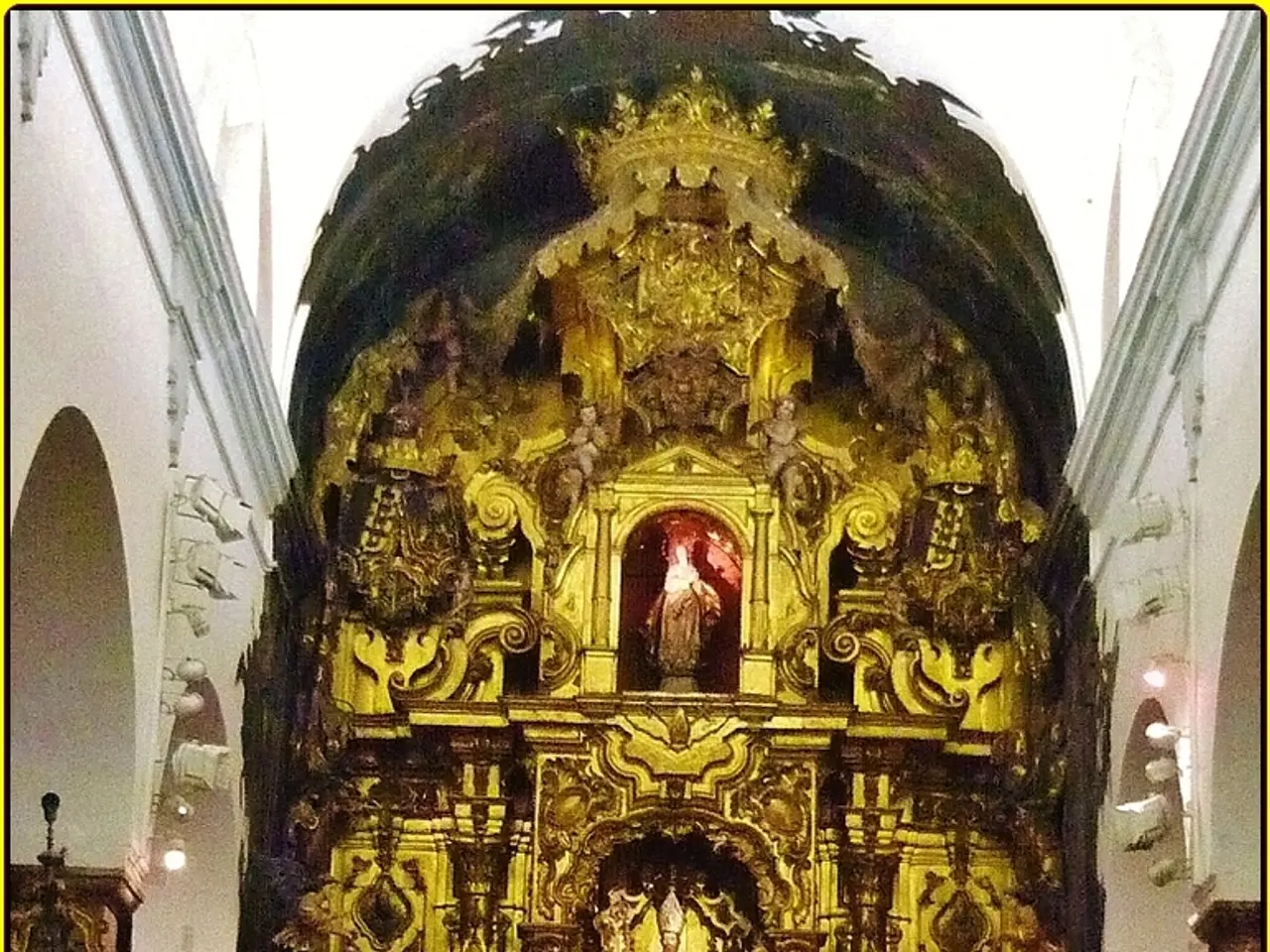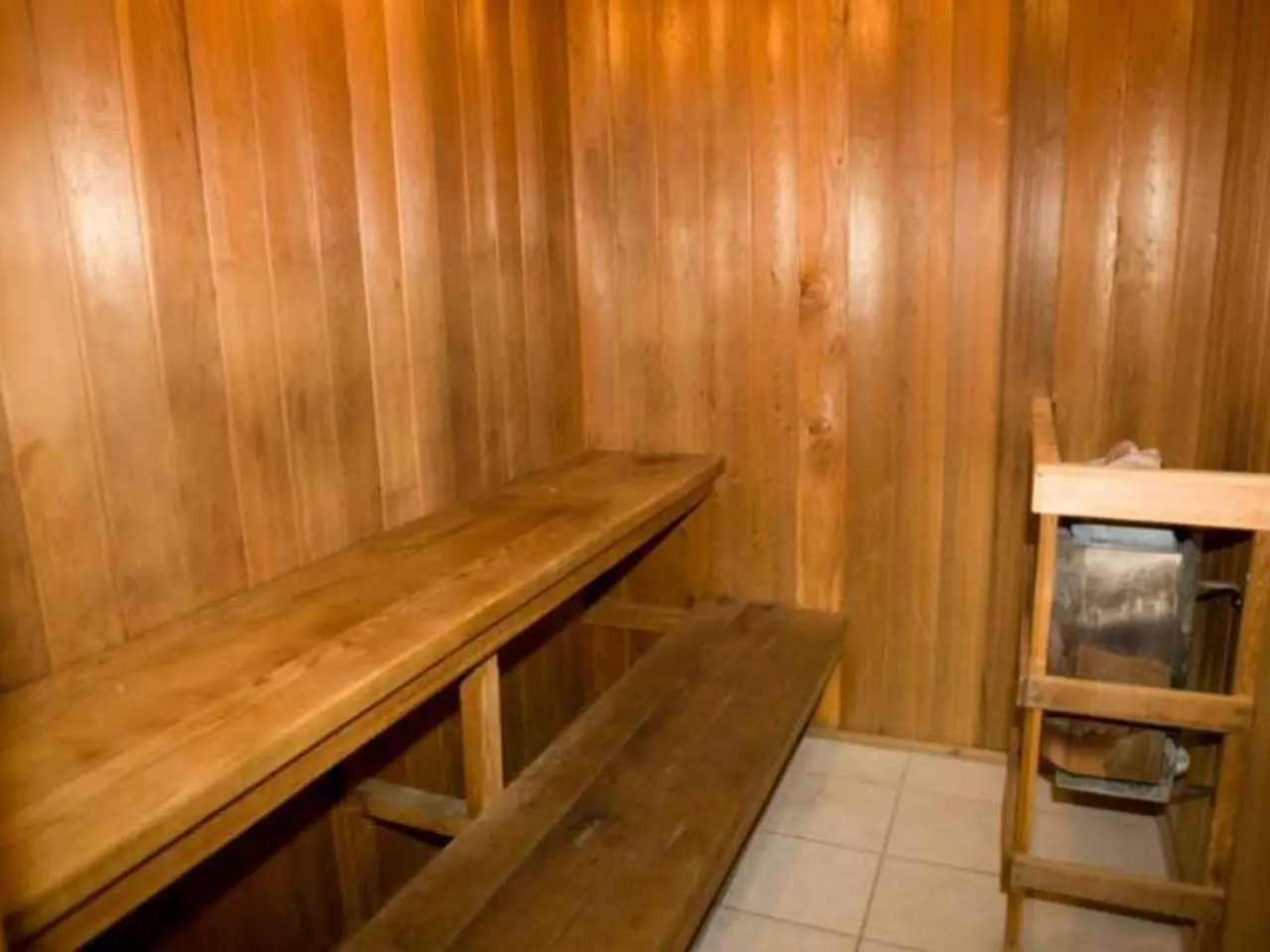Restored sparkle for King Tut's artifacts by Egyptian specialists
**Grand Egyptian Museum's Restoration of Tutankhamun's Treasures: A Decade of Meticulous Work**
The Grand Egyptian Museum (GEM), set to be the world's largest archaeological museum devoted to a single civilization, has been the centre of a significant restoration project for over a decade. More than 150 conservators and 100 archaeologists have worked tirelessly to restore thousands of artefacts, with King Tutankhamun's collection of over 5,000 objects being the star attraction.
The treasures, gathered from various locations such as the Egyptian Museum in Tahrir Square, the Luxor Museum, and the tomb itself, underwent a rigorous process of detailed photographic documentation, X-ray analysis, and material testing to assess their unique conditions. This comprehensive approach aimed to respect the objects' history while ensuring their preservation for future generations.
The restoration process prioritised minimal intervention, with a philosophy of doing the least necessary to preserve the objects' integrity. Fragile pieces were stabilised with reversible and non-invasive materials like Japanese tissue paper and adhesives such as Paraloid B-72 and Klucel G. One of the most significant challenges was removing historic wax coatings applied by British chemist Alfred Lucas, which had preserved but obscured intricate details and dulled the gold's shine.
Complex objects like Tut's gilded coffin required delicate reassembly, a process described as "solving a giant puzzle" by conservators. For Fatma Magdy, a conservator at the GEM, reassembling the delicate gold sheets of Tut's gilded coffin was akin to piecing together a complex jigsaw puzzle, using magnifying lenses and archival photos for guidance.
The restoration has been a joint effort between Egypt and Japan, with Egyptian conservators receiving training from Japanese experts. Work is conducted in 19 specialized laboratories focused on materials like wood, metal, papyrus, and textiles, making GEM not just a museum but also a state-of-the-art conservation centre.
Visitors to the GEM will be able to witness live conservation demonstrations, highlighting the transparency and educational mission of the restoration. For Mohamed Moustafa, another senior restorer, the team is more excited to see the museum than tourists are. Each restored piece tells a story, according to Moustafa, and for many of those involved in the restoration process, each piece is a reminder of the endless working hours, debates, and trainings.
The opening of the GEM, a $1 billion project, has been postponed from July 3 and is now expected in the final months of the year due to regional security concerns. Despite the delay, the conservation work continues, ensuring that every artefact is fully stabilised and restored for display.
The restoration represents an extraordinary blend of cutting-edge scientific methods and painstaking craftsmanship, reflecting a deep respect for the history encapsulated in Tutankhamun's treasures and preparing them for a new generation of viewers at the Grand Egyptian Museum. Many of these treasures have not undergone restoration since they were discovered in 1922, making this project a testament to the dedication and expertise of the restoration team.
[1] Grand Egyptian Museum. (n.d.). Tutankhamun's Treasures. Retrieved from https://www.gem.gov.eg/en/tutankhamun [2] Grand Egyptian Museum. (n.d.). Conservation. Retrieved from https://www.gem.gov.eg/en/conservation [3] Grand Egyptian Museum. (n.d.). Restoration. Retrieved from https://www.gem.gov.eg/en/restoration
- An extensive analysis of sustainable living practices could involve studying the Grand Egyptian Museum's efforts in conservation, showcasing the integration of traditional craftsmanship with modern scientific techniques.
- In the realm of home-and-garden design, one could draw inspiration from the Grand Egyptian Museum's strategy of respecting heritage while embracing innovation, as seen in the meticulous restoration of the museum's extensive archaeological collection.




